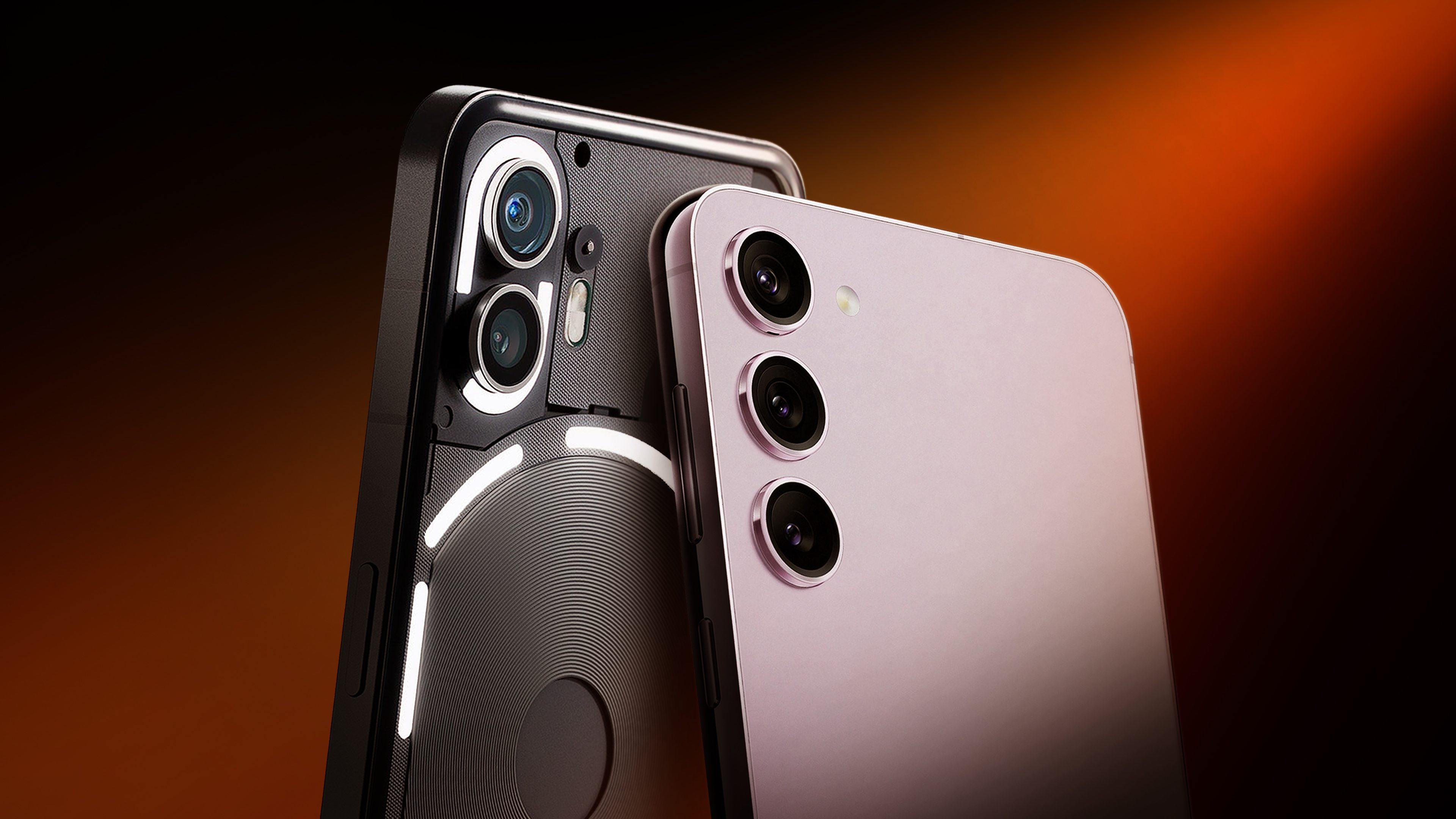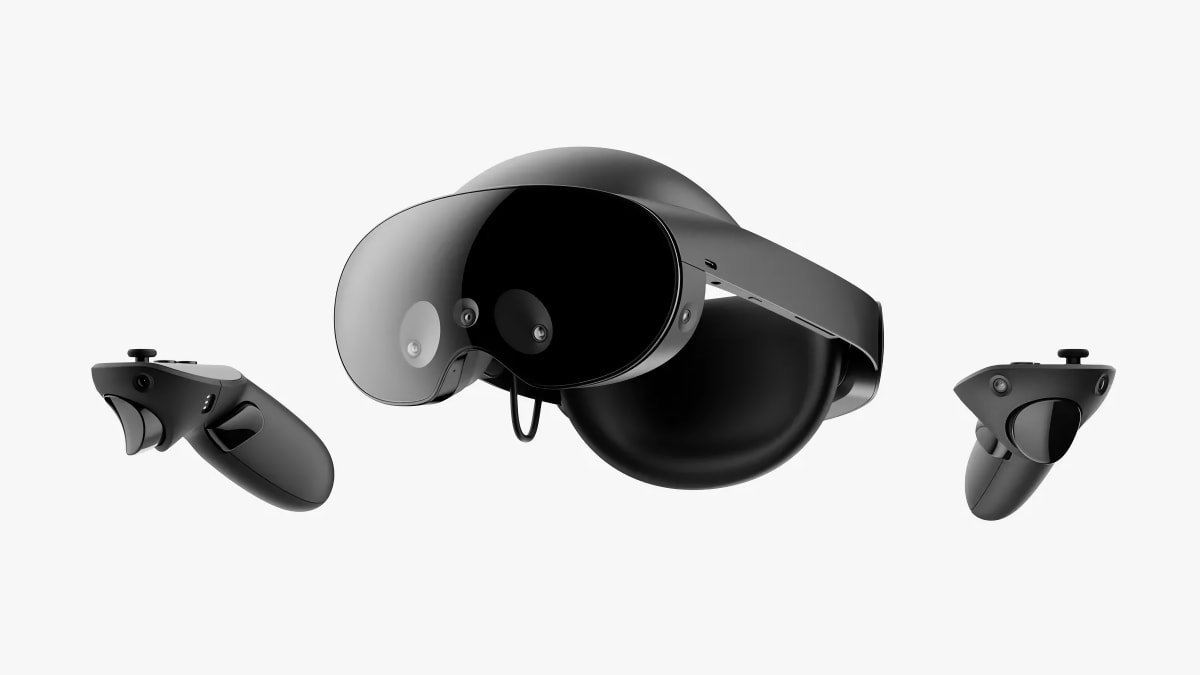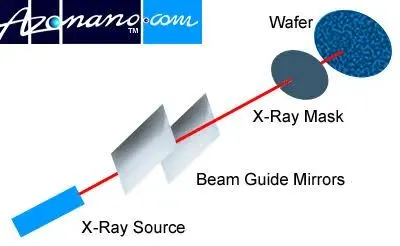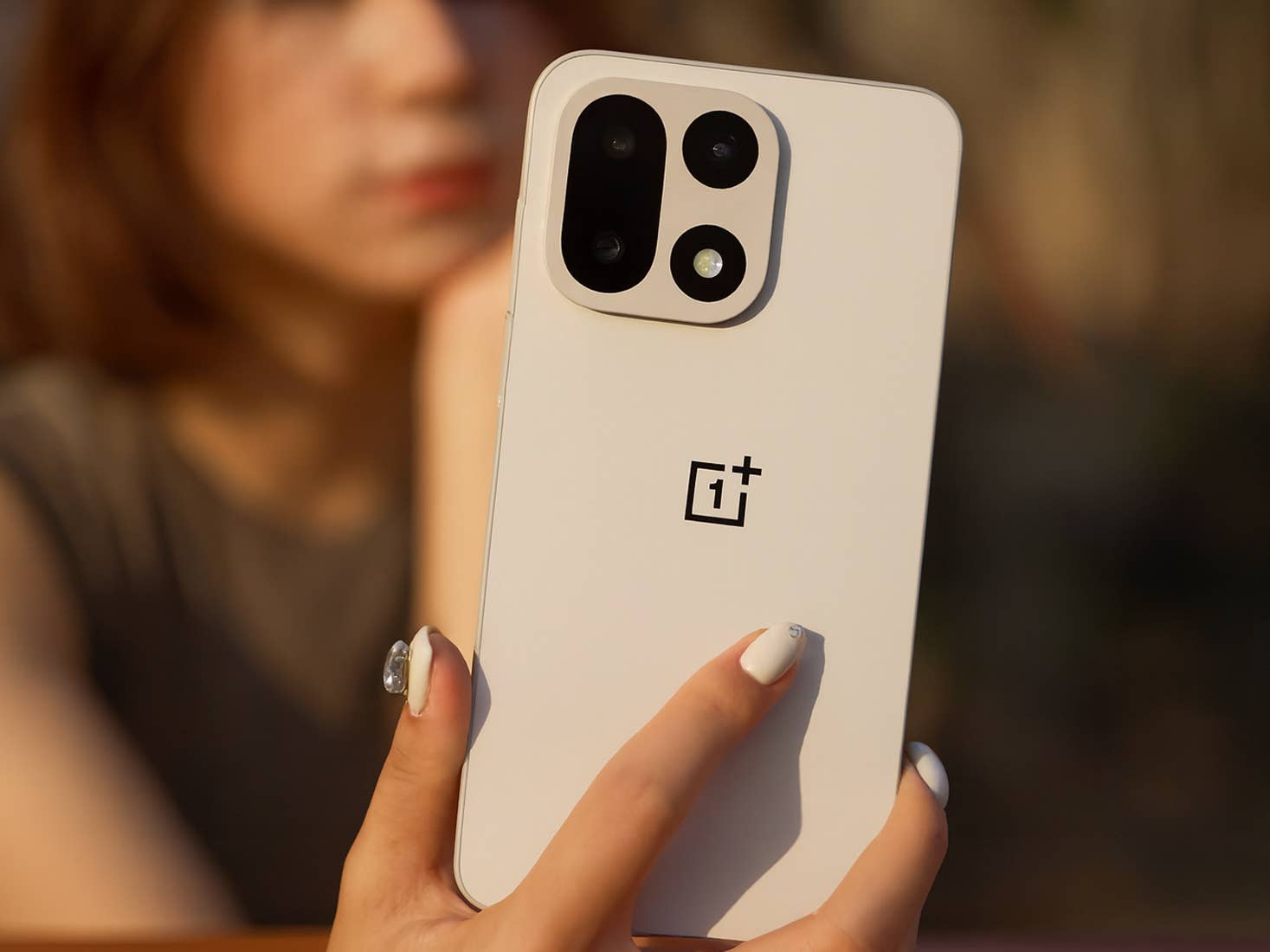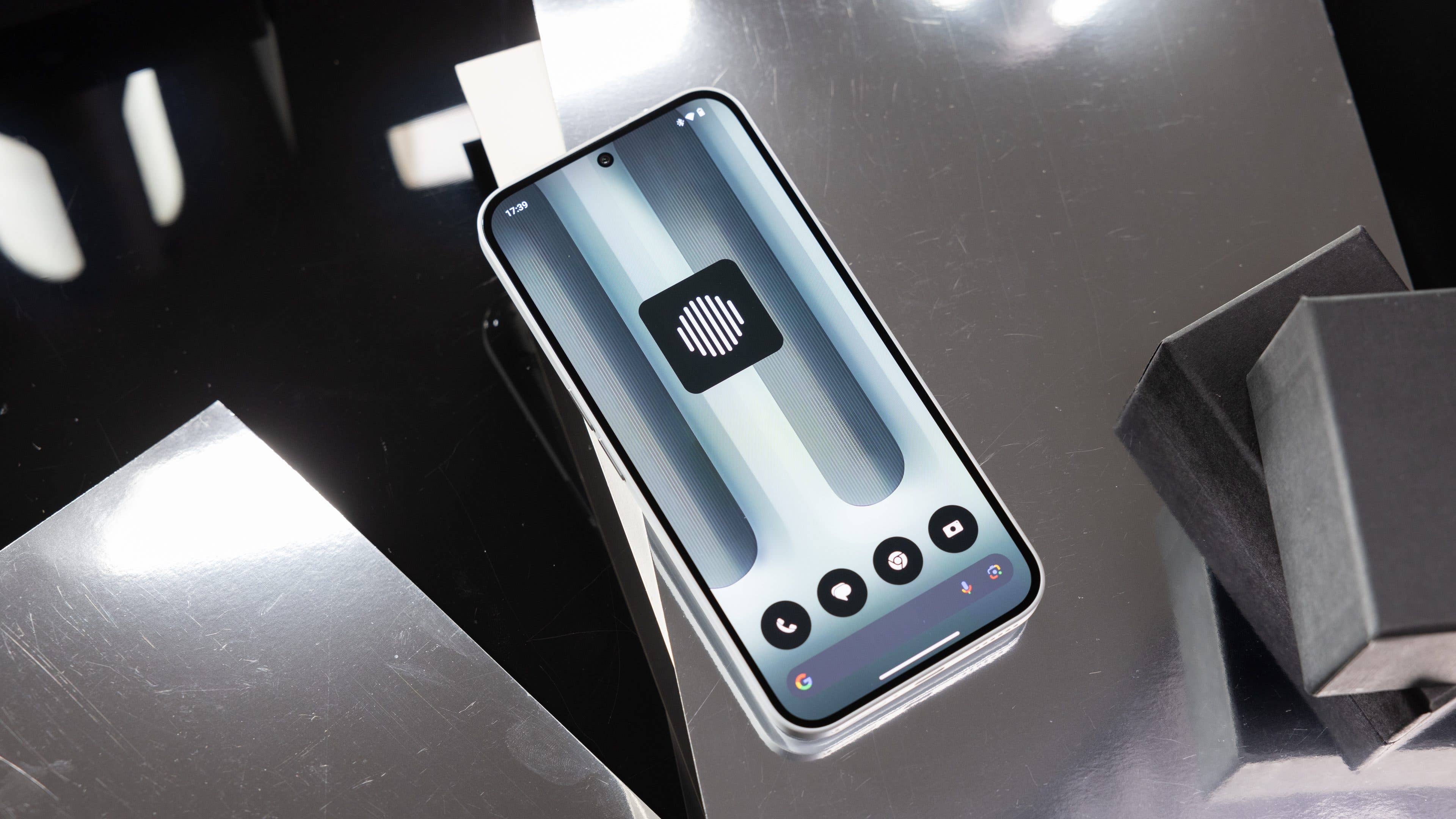
Set aside Pikmin 4 for a brief moment because Digital Foundry has just released its technical analysis of Pikmin 1+2 for the Nintendo Switch.
Yes, in case you missed it, Nintendo actually made these classic titles available in June ahead of the fourth game’s release. So how do the HD versions of these games compare to the original experiences on the GameCube?
As highlighted by dataminer OatmealDome (via Digital Foundry), these titles appear to be using a “similar hybrid emulation system” to Super Mario Sunshine’s re-release on the Switch, which was part of the Super Mario 3D All-Stars package. It delivers accurate results while opening up the game to “some embellishments”.
Digital Foundry: “It’s the same technology at its core. Pikmin 1 and 2 run on an emulator called ‘hagi’ – Nintendo’s own proprietary GameCube and Wii emulator, which emulates the GPU functions of the GameCube, while the CPU side is compiled to run natively on Switch.”
On the resolution front, both Pikmin 1+2 have a native resolution of 1080p in docked mode and 720p in handheld mode. The original releases on GameCube and the Wii versions ran at 480p. The downside of this is there’s no anti-aliasing applied to these new versions and textures remain mostly untouched. Fortunately, the menus and UI have been upgraded, and pre-rendered cutscenes have also seemingly been “AI upscaled by Nintendo”.
As for the frame rate, both Pikmin 1+2 on Switch run at a “locked” 30fps and barely miss a frame. Digital Foundry does admit that it’s “a missed chance to push to 60fps” and notes how modders have previously achieved this frame rate with upgraded textures, shaders and more.
Pikmin 1+2 on Switch are summed up by DF as “basic ports” recreating an authentic experience. If you want a second opinion or just want to learn more about Pikmin 1+2 on the Switch, be sure to take a look at the Nintendo Life reviews:
Set aside Pikmin 4 for a brief moment because Digital Foundry has just released its technical analysis of Pikmin 1+2 for the Nintendo Switch.
Yes, in case you missed it, Nintendo actually made these classic titles available in June ahead of the fourth game’s release. So how do the HD versions of these games compare to the original experiences on the GameCube?
As highlighted by dataminer OatmealDome (via Digital Foundry), these titles appear to be using a “similar hybrid emulation system” to Super Mario Sunshine’s re-release on the Switch, which was part of the Super Mario 3D All-Stars package. It delivers accurate results while opening up the game to “some embellishments”.
Digital Foundry: “It’s the same technology at its core. Pikmin 1 and 2 run on an emulator called ‘hagi’ – Nintendo’s own proprietary GameCube and Wii emulator, which emulates the GPU functions of the GameCube, while the CPU side is compiled to run natively on Switch.”
On the resolution front, both Pikmin 1+2 have a native resolution of 1080p in docked mode and 720p in handheld mode. The original releases on GameCube and the Wii versions ran at 480p. The downside of this is there’s no anti-aliasing applied to these new versions and textures remain mostly untouched. Fortunately, the menus and UI have been upgraded, and pre-rendered cutscenes have also seemingly been “AI upscaled by Nintendo”.
As for the frame rate, both Pikmin 1+2 on Switch run at a “locked” 30fps and barely miss a frame. Digital Foundry does admit that it’s “a missed chance to push to 60fps” and notes how modders have previously achieved this frame rate with upgraded textures, shaders and more.
Pikmin 1+2 on Switch are summed up by DF as “basic ports” recreating an authentic experience. If you want a second opinion or just want to learn more about Pikmin 1+2 on the Switch, be sure to take a look at the Nintendo Life reviews:
How has your own experience been with Pikmin 1+2 on the Nintendo Switch so far? Leave a comment below.
- Related Games

